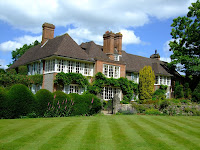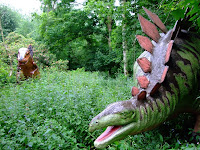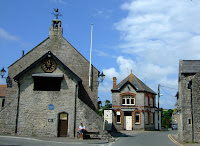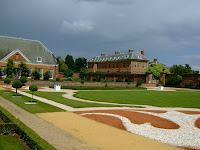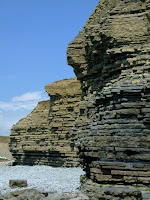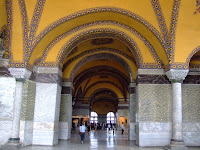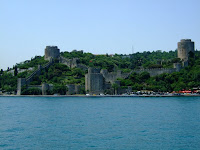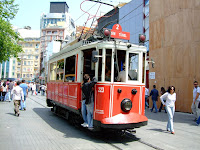 Summer is a great time to visit gardens and see them at their very best and today was a beautiful summer day for doing just that. We recently became aware of a garden that is in the top 50 in the UK and although the National Trust owns it, it is not strictly an NT property.
Summer is a great time to visit gardens and see them at their very best and today was a beautiful summer day for doing just that. We recently became aware of a garden that is in the top 50 in the UK and although the National Trust owns it, it is not strictly an NT property.  Nevertheless, free entry was available to NT members on Saturdays and, as NZ Historic Places members, that included us - so off we went. West Green Garden is really quite a delightful setting with many different “rooms” and some interesting water features.
Nevertheless, free entry was available to NT members on Saturdays and, as NZ Historic Places members, that included us - so off we went. West Green Garden is really quite a delightful setting with many different “rooms” and some interesting water features. As we were “in the area” we called by and re-visited The Vyne. We were last there in September 2001 and had forgotten many of the lovely features of this fine example of an English Country House.
As we were “in the area” we called by and re-visited The Vyne. We were last there in September 2001 and had forgotten many of the lovely features of this fine example of an English Country House.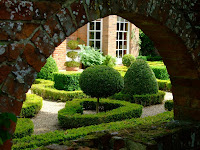 Also nearby is the site of Roman town of Silchester. All that remains now are the town walls, of varying heights (up to 4m) and the gaps for the gates. The walk around the walls is, from memory, 2.8km and just outside the walls are the remains of the amphitheatre.
Also nearby is the site of Roman town of Silchester. All that remains now are the town walls, of varying heights (up to 4m) and the gaps for the gates. The walk around the walls is, from memory, 2.8km and just outside the walls are the remains of the amphitheatre.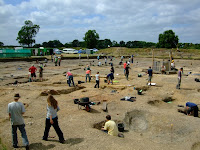 Inside the walls we came across the Reading University Archaeology Dept Summer Dig. For six weeks every summer since 1999 a small area of the old town is turned into a hive of activity as students and others, dig, scrape, sieve, sort, wash, measure and document.
Inside the walls we came across the Reading University Archaeology Dept Summer Dig. For six weeks every summer since 1999 a small area of the old town is turned into a hive of activity as students and others, dig, scrape, sieve, sort, wash, measure and document.While walking around the walls we picked a few elderflowers to indulge in the very English pursuit of making our own elderflower cordial, and very nice it is too.
 One can’t help wondering how many casualties there were along the way as people discovered that all the green parts of the plant are poisonous but the flowers can be eaten or turned into a drink.
One can’t help wondering how many casualties there were along the way as people discovered that all the green parts of the plant are poisonous but the flowers can be eaten or turned into a drink.On our way home we stopped for a short walk around Watlington, a delightful little Oxfordshire village at the foot of the Chilterns.
